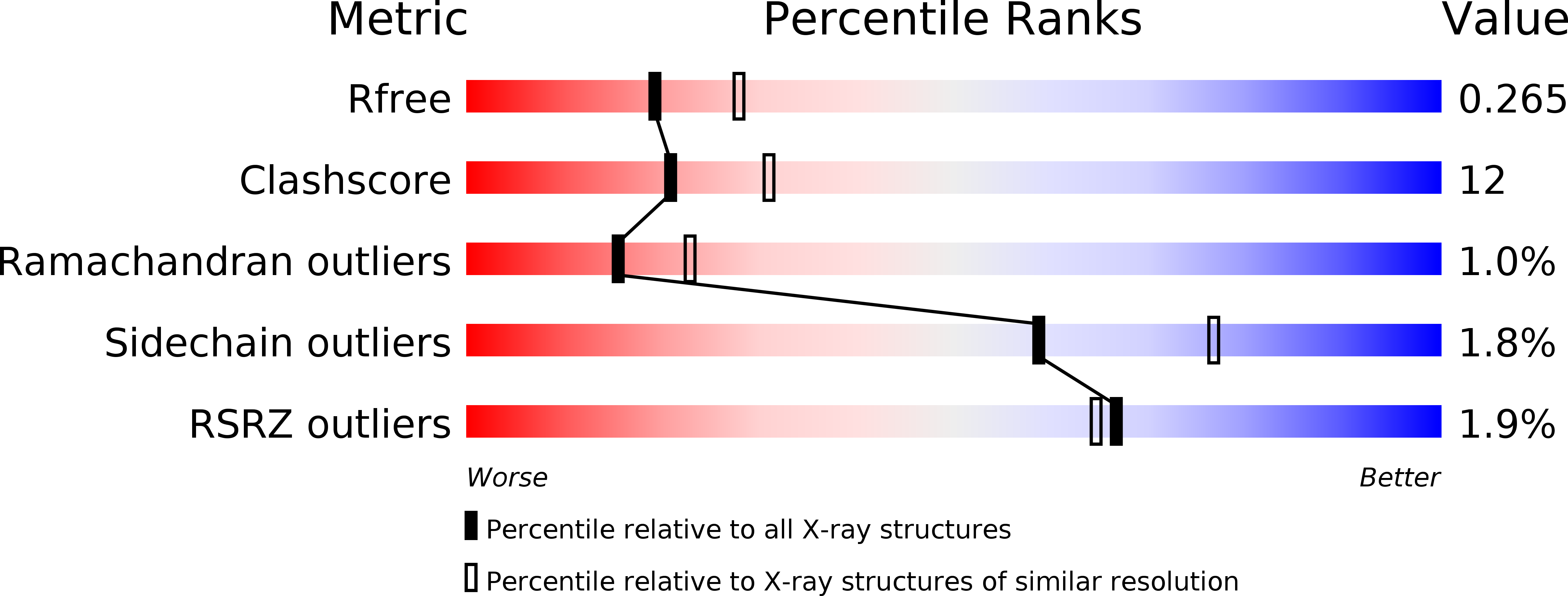
Deposition Date
2010-01-11
Release Date
2010-12-15
Last Version Date
2023-12-20
Entry Detail
PDB ID:
2X27
Keywords:
Title:
Crystal structure of the outer membrane protein OprG from Pseudomonas aeruginosa
Biological Source:
Source Organism:
PSEUDOMONAS AERUGINOSA (Taxon ID: 287)
Host Organism:
Method Details:
Experimental Method:
Resolution:
2.40 Å
R-Value Free:
0.26
R-Value Work:
0.19
R-Value Observed:
0.19
Space Group:
I 2 2 2


